Local Storage seems to be disabled in your browser.
For the best experience on our site, be sure to turn on Local Storage in your browser.
Choose your country
/908Helly-%20Hansen-SS22-foil-collection-action-Hero-1752x778.jpg)
What to Wear Sailing
May 03, 2023
Update: March 05, 2024
2 min read
It can be hard to know what sailing gear to bring when you venture out on the water. How do you prepare for changing conditions and what happens if you fall overboard? For an inexperienced sailor, the unknowns can be overwhelming. For an experienced sailor, the details can be life changing.
From moments of relaxation on the deck to bursts of high-intensity work, you need to be prepared with the right gear. These are the essentials that you need to know before you set sail.
1. Wear a Life Jacket
No matter how experienced you are at sailing or how skilled of a swimmer, always wear a life jacket. Choose the right one for you and make sure it's undergone proper maintenance — you never know when you'll need a flotation device to stay alive. Disover more essential water safety tips, including information on rescue techniques, in partnership with RNLI, the charity that saves lives at sea.
2. Dress in layers
Wearing layers helps you adapt to changing conditions and activity levels. That's why we pioneered the three-layer system. This versatile system is typically made up of:
- A technical base layer that absorbs moisture and protects you from the sun if you shed your other layers.
- A smart midlayer that provides extra warmth when needed.
- An outer layer that protects you from sea spray and swells.
3. Dress for the type of sailing you'll be doing
When considering your choice of layers, you need to decide what type of sailing you’ll be doing. Check out our in-depth guides below for more details about what to wear.
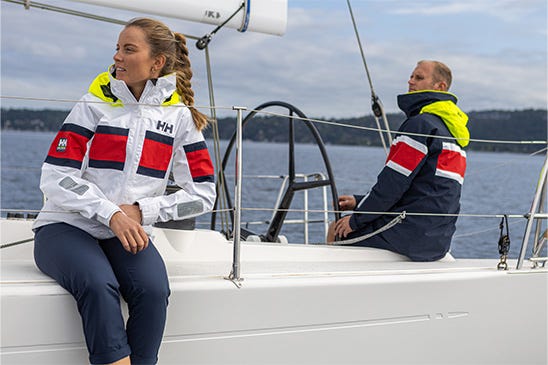
Coastal Sailing
Coastal sailing takes place for an extended duration alongside, but not far removed from shorelines. Sailors should be prepared for a variety of conditions.
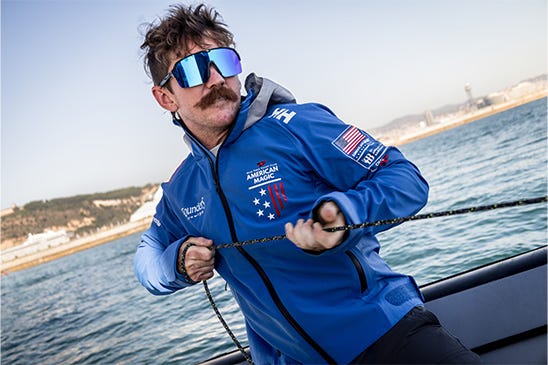
Inshore Sailing
Inshore sailing, often the type of sailing done in regattas, takes place in open water, but you’re still close to shorelines and in protected waters.
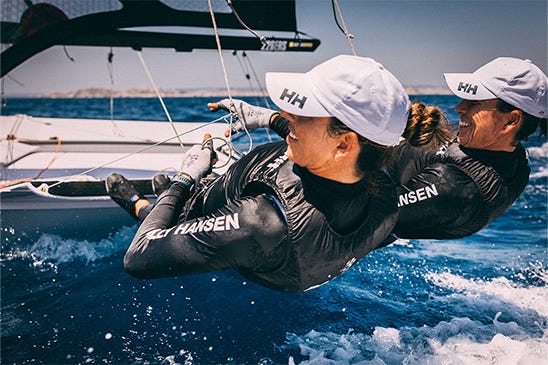
Dinghy Sailing
Dinghy sailing takes place close to the shore in relatively warm waters. Still, it’s easy to get wet and cold. Stay protected from the sun and other elements.
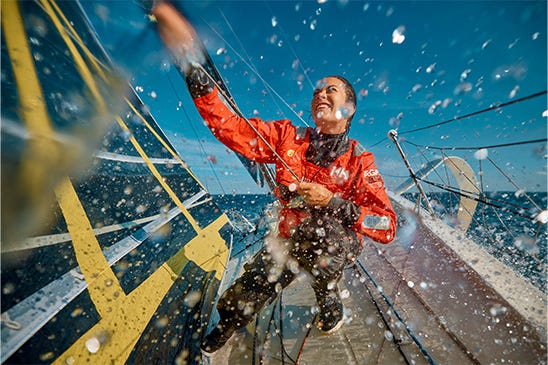
Offshore Sailing
Offshore sailing requires the most durable and protective gear of any type of sailing. Be prepared for tough conditions and extreme exposure.
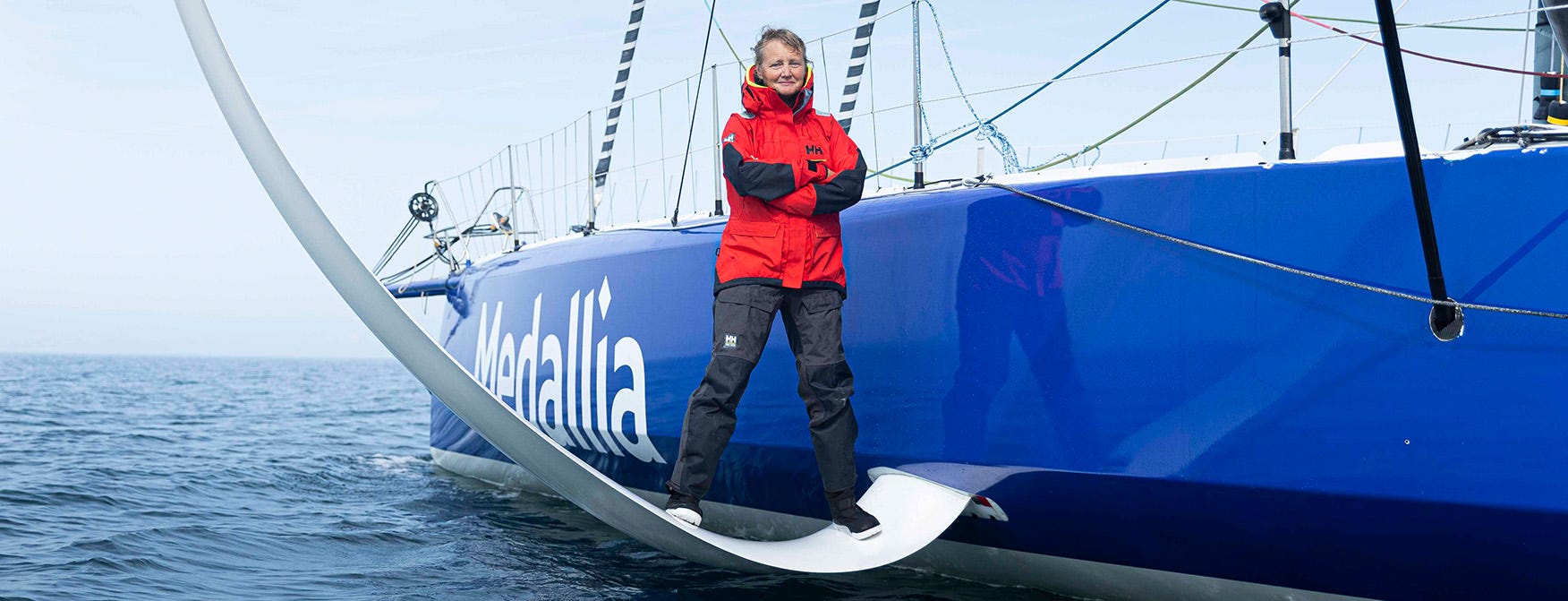
READY TO SET SAIL?
For over 140 years, we've designed sailing apparel for the world's harshest oceans. Trusted by professional sailors in some of the most iconic regattas, our sailing gear blends innovative technologies with professional insights.

June 03, 2024 3 min read
How to choose the right backpack for your adventure
Ever wondered how much you can fit in your backpack? Whether you're planning a day hike or a multi-day expedition, choosing the right size is crucial. Learn about the different pack capacities, types and key features to look for.

May 15, 2024 3 min read
How to Choose Hiking Footwear
The best hiking shoes or boots should be comfortable to wear. Follow our expert tips to learn how to choose the right hiking footwear for you.
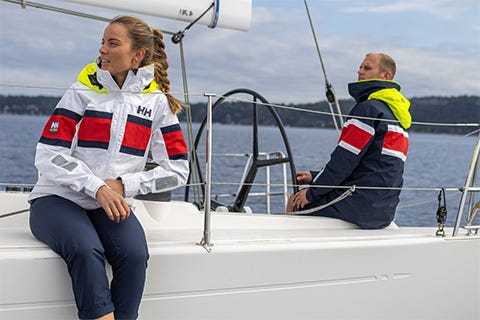
April 30, 2024 3 min read
What to wear Coastal Sailing
To dress for coastal sailing, you want to be protected against the wind and spray from the waves, and also the sun. In this guide, we share some top tips for layering from professional sailors, Kayleen VanderRee and Pip Hare.

April 30, 2024 2 min read
What to Wear Inshore Sailing
Inshore sailing requires quick-dry materials and lightweight jackets. In this guide we share some top tips on what to wear from seasoned sailor, Mauro Melandri.
